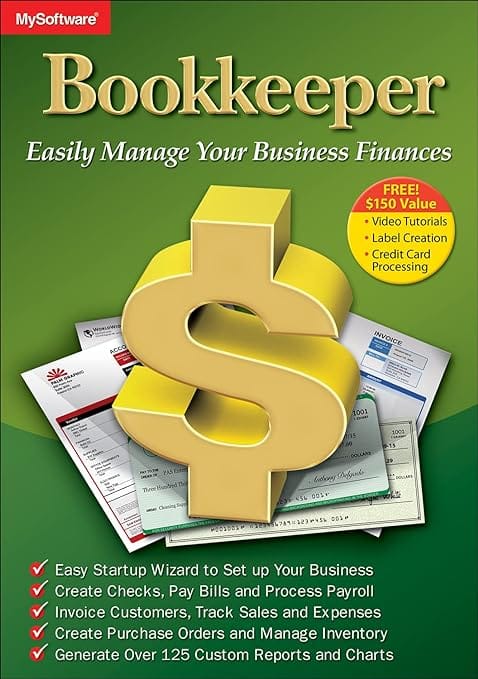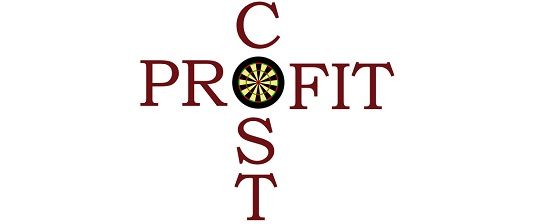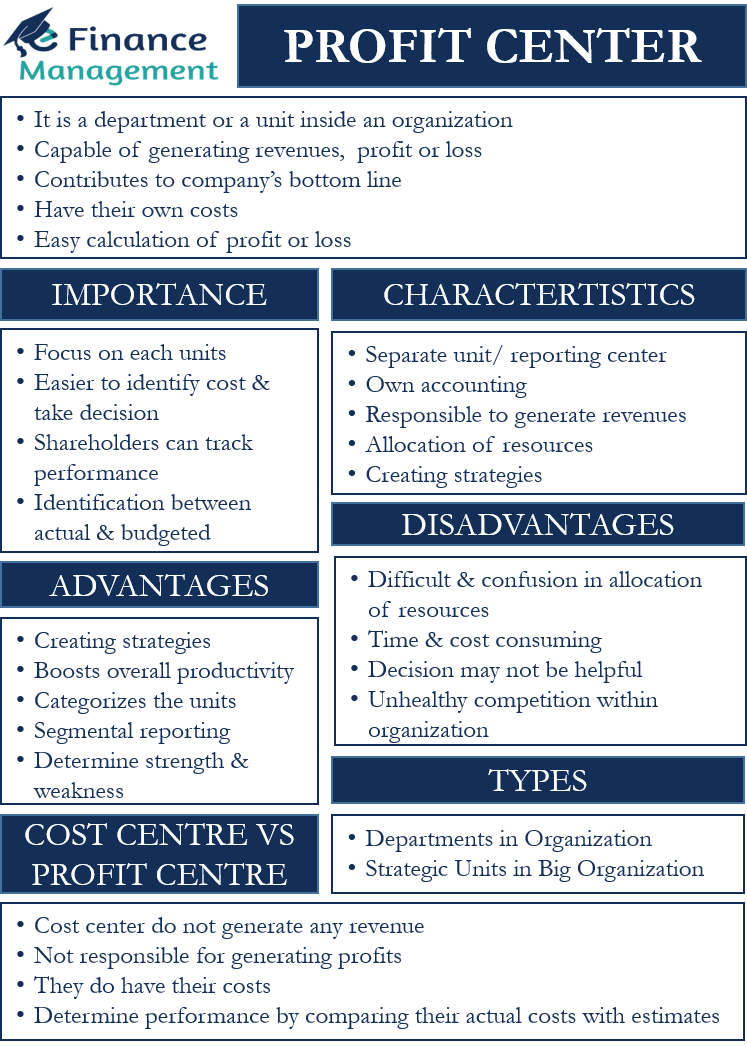
Harkening back to Worcester’s early industrial days when small businesses gathered together in shared buildings, a spirit of collaboration is returning to the Printers Building. ArtsWorcester aims to collaborate with organizations in the building just as its original tenants once did. While they are not certified, based third-party data sources, we believe their Employee Ownership Trust meets our standards of significant and broad-based employee ownership. While they are not certified, based third-party data sources, we believe their Worker Cooperative meets our standards of significant and broad-based employee ownership.
Stay updated with Worcester Bookkeeping Cooperative, Inc
The Worcester Bookkeeping Cooperative provides bookkeeping services to nonprofits, including ArtsWorcester, and small businesses. Davis Publications operates the Davis Art Gallery, another space for local artists to exhibit their work. The tenants of the Printers Building exhibit a commitment to creativity, industry, and education.
Worcester Bookkeeping Cooperative
The federal agency also has structural barriers that inhibit loans and grants to cooperative enterprises. This post is part of a series written and researched by Alice Dillon, ArtsWorcester Program Staff. And this year, legislators like Sen. Adam Gomez, D-Springfield, are seeking to create a funding pool of $1.7 million in the office for grants and loans for ventures to draw down on.
Worcester Bookkeeping Cooperative, Inc
- “Once I discovered it (worker-owned cooperative business model) was out there, it’s hard to go back, I didn’t want to go back, to the traditional way of organizing a business,” O’Brien said.
- It’s a small venture, seven years old, with just four full-time and two part-time employees.
- “People have decided they need democracy in their day-to-day work lives,” said Helen “Homefries” Matthews, a spokesperson for the center.
- While they are not certified, we believe they meet our standards of significant and broad-based employee ownership.
- ArtsWorcester aims to collaborate with organizations in the building just as its original tenants once did.
Embracing worker-owned business is part of the movement away from corporate domination and toward workers having more agency in their labor. The Great Resignation, the movement to organize and form unions, the coming mass retirement of the baby boomer generation and the silver tsunami are all components of the growing social movement toward a more humane workplace and a more humane way to organize society. Steel workers in Spain’s Basque country founded Mondragon as a worker-owned, steel production venture. It has since grown to 95 self-governing cooperatives employing 80,000 people with 14 research and development centers. The cooperative operates 141 production plants in 37 countries, commercial business in 53, and sales in more than 150.
In addition to Davis Publications, the Printers Building now houses multiple other creative businesses. On the sixth floor, maker space Technocopia offers memberships that include shared creative spaces as well as access to a long list of tools. The Worcester Cleantech Incubator (WCTI) facilitates the startup of local businesses.
Employees at Worcester Bookkeeping Cooperative, Inc
In part two of a two-part series, Get to Know the Printers Building, we look at our new neighbors in the building and its surroundings. A snap-shot report commissioned by the Coalition for Worker Ownership and Power compiled by UMass Amherst in 2022 indicates there were some 65 worker-owned cooperatives in the state, concentrated in the western and central urban areas, Boston and the Cape. “People have decided they need democracy in their day-to-day work lives,” said Helen “Homefries” Matthews, a spokesperson for the center. However, many communities around the world have embraced the concept of cooperative business. Both the federal Small Business Administration and banks are leery of cooperative joint ventures.
Like the building itself, the neighborhood around the Printers Building is undergoing a dramatic transformation. The nearby Hanover Theatre hosts world-class performances and touring companies, and recently opened their Conservatory for Performing Arts. The Hanover also houses one of ArtsWorcester’s satellite exhibition spaces, the Franklin Square Salon Gallery. Immediately adjacent to the Printers Building are apartment buildings and eateries that make up part of the Grid District, a community redevelopment project bringing housing and entertainment options to the area. Down Portland Street is the Worcester Common, which regularly holds outdoor markets, performances, and other family-friendly events. This proliferation of new development and cultural organizations downtown will soon allow visitors to see a show at the Hanover, grab dinner and drinks at one of many restaurants, and take in an ArtsWorcester exhibition all in one day.
At Worcester Bookkeeping Cooperative, Jack Litynski, is one of the owner-employees, having purchased a stake in the business when he joined. It’s a small venture, seven years old, with just four full-time and two part-time employees. Worcester Bookkeeping Cooperative, Inc. is an employee-owned company headquartered in Worcester, Massachusetts. Join us in learning more about ArtsWorcester’s new home, the Printers Building.
While they are not certified, we believe they meet our standards of significant and broad-based employee ownership. “It makes good business sense to share in the bottom line,” Litynski said, adding it is more motivating. Salaries are paid to all employees, and at the end of every month, each worker receives a portion of the net profits. Ownership can be purchased over a period of time through a salary deduction or through an outright investment in the company. “It’s a structure of business ownership that is not familiar to the federal government,” Papali said.

Rep. Orlando Ramos, D-Springfield, is championing an amendment to the House budget that would add some $5 million to the office of Small Business Technical Assistance. Massachusetts lawmakers embraced the concept in 2022 in the Economic Development worcester bookkeeping cooperative Bill enacted in the fall by pulling the standalone agency Massachusetts Center for Employee Ownership into state government. With over 25 years of experience, we are dedicated to the needs of non-profit organizations up to $5 million in revenue.
While they are not certified, based on Department of Labor 5500 fillings and other third-party data sources, we believe their ESOP meets our standards of significant and broad-based employee ownership. Worcester Bookkeeping Cooperative is a professional service provider specializing in financial management for businesses in Worcester, MA. The cooperative offers a range of bookkeeping services to help clients maintain accurate records and make informed financial decisions. Some 85% of employee-owned businesses are founded by people of color, according to Papali, who added that fully 61% are women-owned. He believes that supporting worker-owned businesses can be a factor in racial and economic justice strategies.





